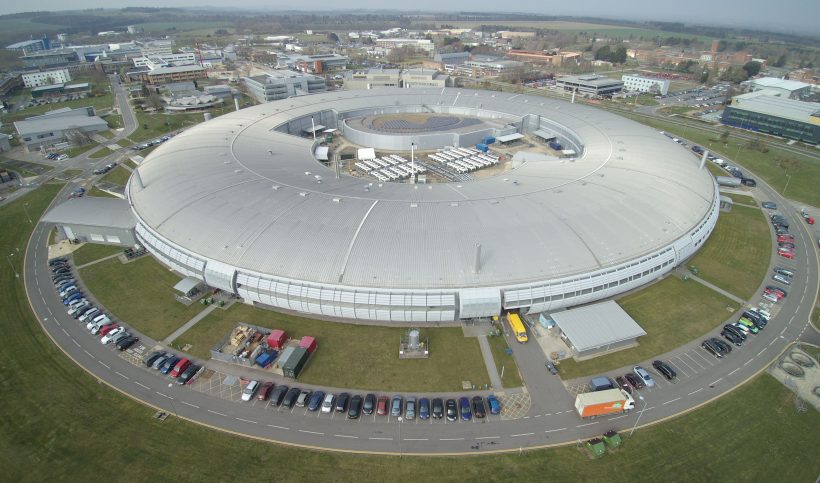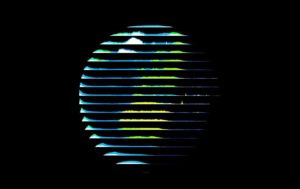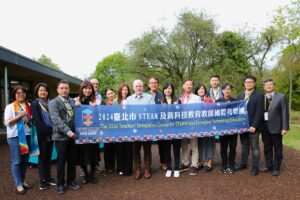Diamond investment in Big Science Event
Tuesday 14th May 2019

We’ve got a brand new supporter for the Big Science Event. Science Oxford is excited to welcome Diamond Light Source as an associate partner for our popular school competition, which challenges primary-aged children to create their own science experiments. Diamond joins long-standing sponsors Playforce and Abbott Diabetes Care.
Diamond joins to support the Big Science Event over the next five years – a fantastic investment that will enable us to raise the profile of the competition across Oxfordshire and Buckinghamshire. Staff from the UK’s national synchrotron will be involved in the judging process of the finals in early July.
The Diamond team are already well-experienced in engaging with young people – they run regular open days throughout the year and also host work experience placements and talks for secondary students.
Professor Andrew Harrison, CEO of Diamond, comments; “We are so pleased to be involved in the Big Science Event and helping to inspire the next generation of scientists. We welcome many school students and members of the public, including young children who come with their families, to our quarterly open days but we felt it was important for us to support the goals of Science Oxford who work daily with primary schools and their pupils through this competition and many other schemes.”
The Big Science Event was created by Science Oxford back in 2012 and in 2018 over 11,000 pupils from 80 schools across Oxon and Bucks took part in the competition. This year that figure has gone up to 91 schools and over 12,000 children. The finals take part at the new Science Oxford Centre in Oxford on July 4th and 5th.
What is the Diamond Light Source?
Diamond works like a giant microscope, harnessing the power of electrons to produce bright light that scientists can use to study anything from fossils to jet engines to viruses and vaccines.
The machine accelerates electrons to near light speeds so that they give off light 10 billion times brighter than the sun. These bright beams are then directed off into laboratories known as ‘beamlines’. Here, scientists use the light to study a vast range of subject matter, from new medicines and treatments for disease to innovative engineering and cutting-edge technology.



